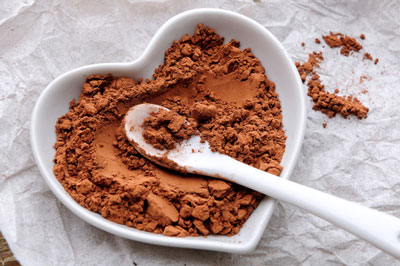Advanced colloid technologies
28 February 2008 | By Dr. Krassimir P. Velikov, Dr. Alois K. Popp, Leonard Flendrig and Dr. Eddie Pelan, Food Structural Design, Unilever Food and Health Research Institute, Vlaardingen, The Netherlands
Appearance is an important factor, determining the perceived product quality. Consumers usually develop strong associations through appearance and often, base their pre-purchase judgements on the appearance of the product. Colloids, because of their ability to interact strongly with light, either in simple form or organised in more complex structures, offer…






